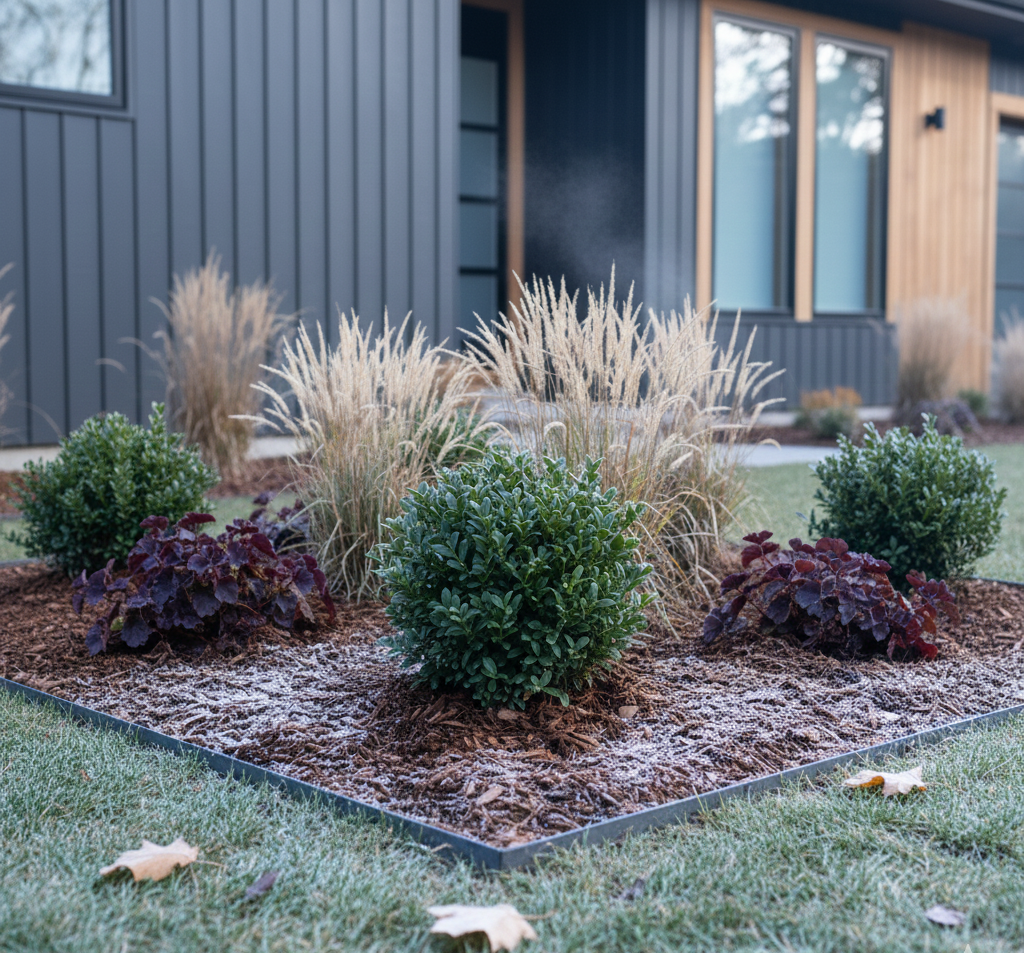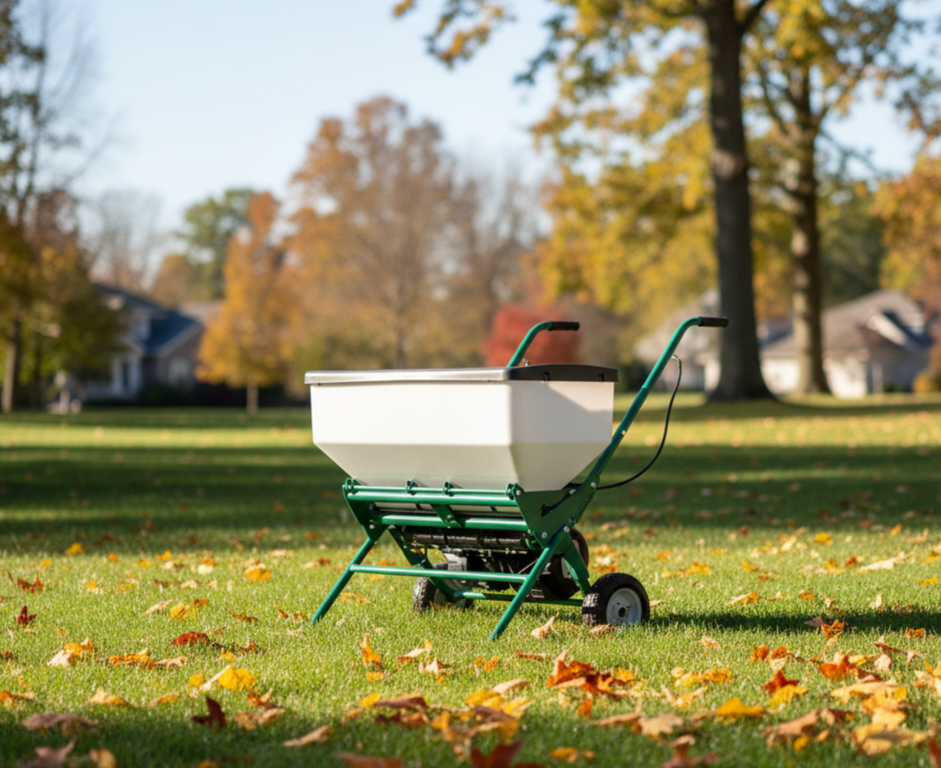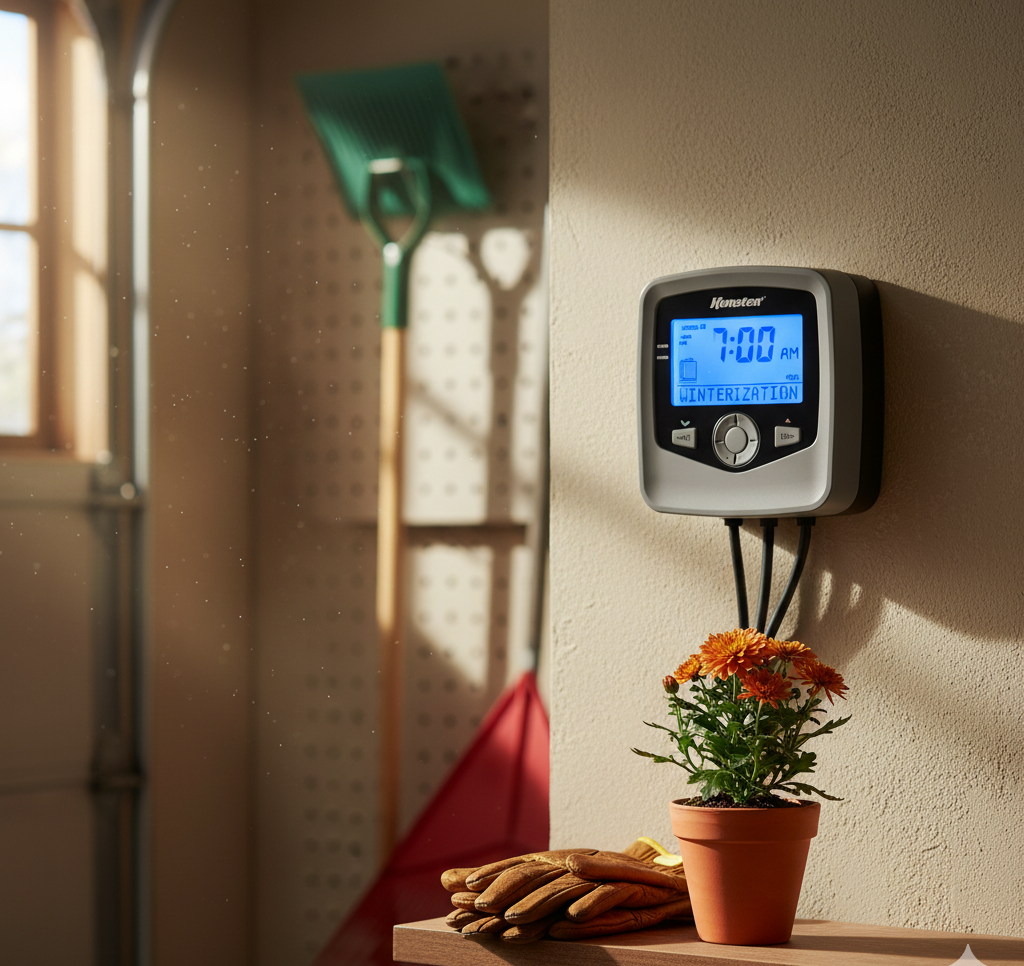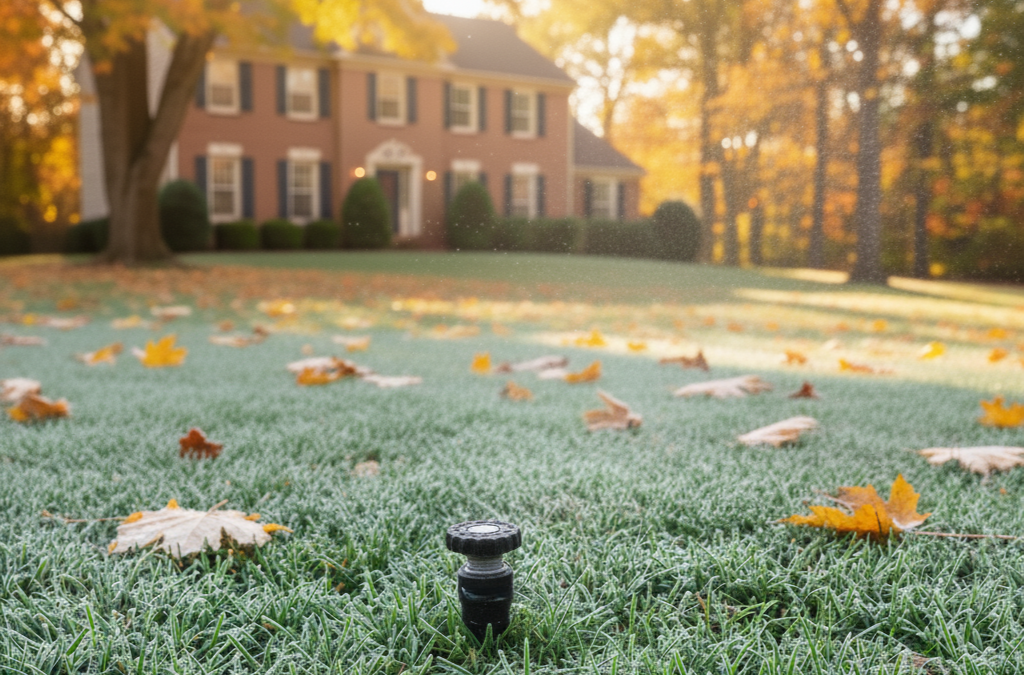Having a pond on your yard or lawn brings up more sparkle for it but having an unwanted guest like algae is a problem that all ponds will from suffer at some time or another. But for those who have already experienced blanket weed in their pond will know only too well the difficulties it can cause. You’ll also know how much of a pain trying to remove it is.
For those lucky few who have not, I’m afraid that it’s only a matter of time. Whether you already have a pond or are looking to start one, installing a blanket weed controller could help to solve your problems. But is it really a pond’s best friend? Before we start looking at how a blanket weed controller can prevent algae, let’s look at what it is and why it forms in your pond. For anyone just looking to start a pond,
see how you can build a low maintenance pond here
How Algae Forms in your Pond
There are many kinds of algae that your pond can suffer from, including blanket weed. Some like to make their presence known and float about on the waters surface. Others like to suspend themselves in the water, usually growing on the sides or base of your pond. The weeds you see waving about in the water, that’s them. The growth of algae is done through a
process known as photosynthesis. When the spores are present in the water, with sufficient sunlight and nutrients, the algae will grow.
Asides from being unsightly, pond algae in no way helps the eco-system within your lawn pond. Algae deoxygenates your pond, removing valuable oxygen that is fundamental to other life, such as your fish. Just think of your fish drowning. They can’t actually drown but the principle’s the same. It also hinders sunlight and can spoil the look of your otherwise beautiful pond. If you like looking at your fish, you’ll have a harder time to see them with pond algae!
Spotting Pond Algae
Depending on the type of algae present, you may experience different signs. Usually, the most common sign of pond algae is a thick green ‘pea soup’ coloring of the water, or green scum floating around on the surface. Blanket weed and silk weed can be identified by its green strands. These types of pond algae have dense growth and either appear under or on the water’s surface. You may also see blanket weed and silk weed clinging to the side of ponds too.
But what causes pond algae you may be wondering? One problem that can cause algae is the pond being in the path of the sun. Pond algae thrives in sunlight so it should come as no surprise that ponds directly in the path of the sun may experience more algae than those in shade. Algae can also be caused by:
- Organic matter building-up
- Fertilizers seeping into the water
- Fish feces
- Fallen leaves from your trees and pond weeds
- Adding tap water to the pond (only use rainwater)
- High water pH
The excess of nutrients added to the pond water by any of the above helps algae to form. You may think that the excessive amounts of nutrients in the pond is a good thing, but it usually occurs due to poor pond management. A clean pond is a happy pond.
Managing the right pH in yard ponds contributes to a clean yard pond. Whenever you have activities at your lawn or garden, a clean pond represents how do you value hygiene and cleanliness.
Spores can also be a problem. Algae, such as blanket weed, spread spores. In some cases, the spores can be carried by the air, birds, insects, or amphibians. Watch out for those.
Blanket weed
Blanket weed, in particular, is an algae that pond owners have difficulty in identifying. With so many different forms, blanket weed can be a struggle to prevent or get rid of. Common signs of blanket weed are that they have either a string or silk like texture. It can usually be spotted by the thick hair-like strands or green clumps. As the weed has no leaves or stems, it can usually be seen simply floating about on the top.
Removing the weeds
Many pond owners will try to remove the weed by using a net. While it does remove the weed, it only acts as a temporary solution. Disturbing the weed while still alive releases spores that will only cause more blanket weed to grow in future (providing the conditions are right). You will first need to kill the weeds before attempting to remove them.
Failing to treat the blanket weed will only see it spread quickly, causing even more damage to your pond’s eco-system. A few steps you can take to minimize the likelihood of algae forming in your pond include restoring the water balance, putting plants in and around your pond, and using a water treatment.
Preventing Future Growth
Once you manage to get rid of the blanket weed, you should consider taking necessary precautions to prevent it ever retuning:
- Reduce the amount of fish present (sad but true!).
- Remove any dead vegetation as soon as possible, including fallen leaves (placing a net over the pond can help with this).
- Regularly cleaning and maintaining pond filters.
- Remove uneaten food and fish waste.
- Keep pond plants healthy and thriving.
- Grow plants that require low-nutrient, aquatic compost.
- Artificially reduce the nutrients in the water (be mindful of fertilizer you use around the pond including
lawn treatments)
Even before the blanket weed starts to form, you can take steps to prevent it from occurring. Using a blanket weed controller could be your answer. For anyone who has previously suffered the misfortune of blanket weed in their pond, using a blanket weed controller could be just what you need.
Using a Blanket Weed Controller










